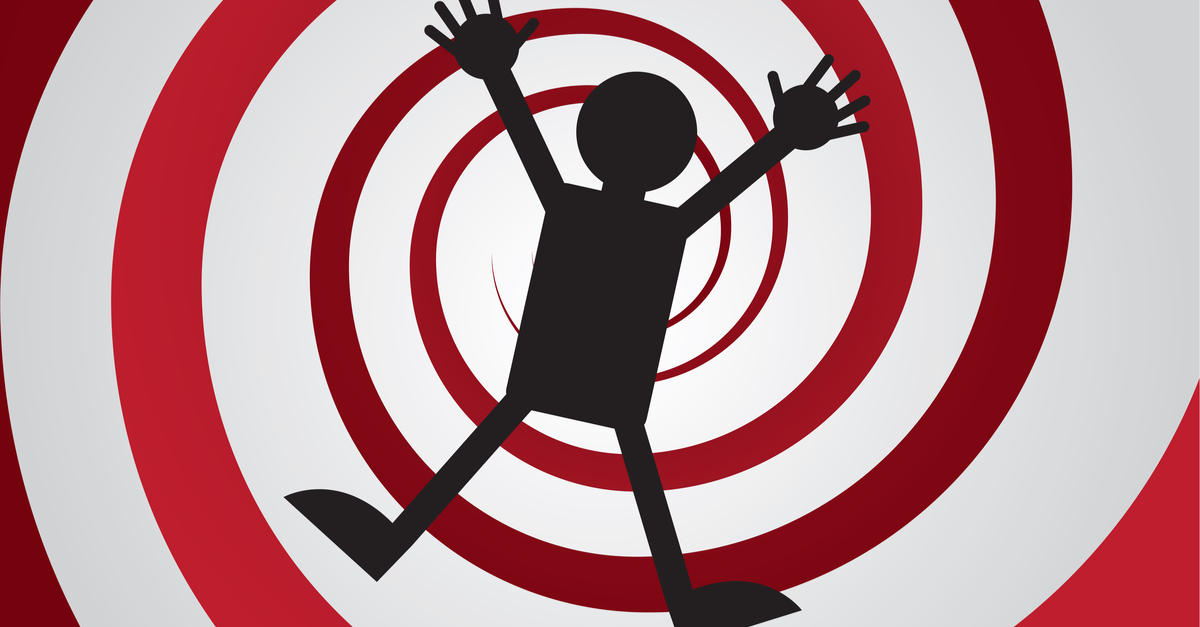 David Fawcett PhD, LCSW
David Fawcett PhD, LCSW
As stated in my previous post to this site, arousal templates are “maps” in the brain of what we find sexually appealing. Each person has a unique and highly individualized arousal template created by a variety of factors. Much of our arousal template is formed by the time we are 4 to 6 years old, even though we are not yet sexual. As we age, elements can be added to (or, more accurately, uncovered within) our arousal templates, but not eliminated.
The “adding to” process is often facilitated by pornography, especially when porn use is paired with drug use. In an article for Psychology Today and also in his forthcoming book on the impacts of pornography, Dr. Robert Weiss states that internet pornography – especially when the intensity of the imagery being viewed escalates over time (as it almost always does) – is a surefire way to uncover previously hidden elements of one’s arousal template. To illustrate, he uses the following example:
Josh, married to Ashley for 12 years, started using porn in his teens. He has always enjoyed it as a sexual outlet, has never kept his usage a secret from Ashley, and has not, until recently, experienced any negative feelings related to his porn use. So what happened? On a whim, Josh started watching videos of transsexual men. He now finds this turns him on. A lot. And he’s freaking out about it.
In my work with paired substance/sex addicts, I hear similar stories on a regular basis. Often, these individuals have used porn for many years without significant issues. But then, when they add drugs (usually a stimulant like cocaine or meth) to the mix, the neurochemical intensity is ramped up while their inhibitions are diminished. With this, the nature of porn use changes, impacting the user’s arousal template. For some individuals – previously closeted gay men, for instance – this can be freeing. For others, such as Josh in the example above, it can be disturbing.
Because of the disinhibiting nature of most drugs, adding elements to (uncovering previously hidden elements of) one’s arousal template may be more likely to occur – perhaps significantly more likely – with drugs than without drugs. As yet, there is no research on this, but this conclusion seems like a logical leap.
With or without simultaneous drug use, alterations to a person’s arousal template related to porn use occur for two primary reasons:
- Porn is endlessly exciting. In today’s world, digital pornography provides an unlimited supply and variety of sexual intensity. If you can think of it, you can find it.
- Porn is revelatory. As stated, there are unlimited variations of porn. And users are likely to encounter a wide array of imagery they’re not looking for and never even thought about. When this occurs, pornography can unlock hidden/repressed elements of arousal.
Please note that there are limits to this. Viewing porn does not create arousal where there is none. For example, a 100% gay man (the proverbial “Kinsey 6”) could watch an endless parade of nude females for weeks and weeks, and women would not become part of his arousal template because they’re just not what he’s into. Porn is a powerful stimulus, especially when paired with drugs, but not that powerful. It can’t create arousal from thin air. It can uncover latent elements of arousal, and it does so relatively often, but it cannot, for example, turn a gay person straight or a straight person gay.
*****
If you or someone you care about is struggling with sexual behavior or paired substance/sex use, help is available. Please explore the webinars, discussion groups, podcasts, and blogs on this website. If you think professional treatment is needed, please visit contact us at this link. We will be happy to point you toward qualified help.
